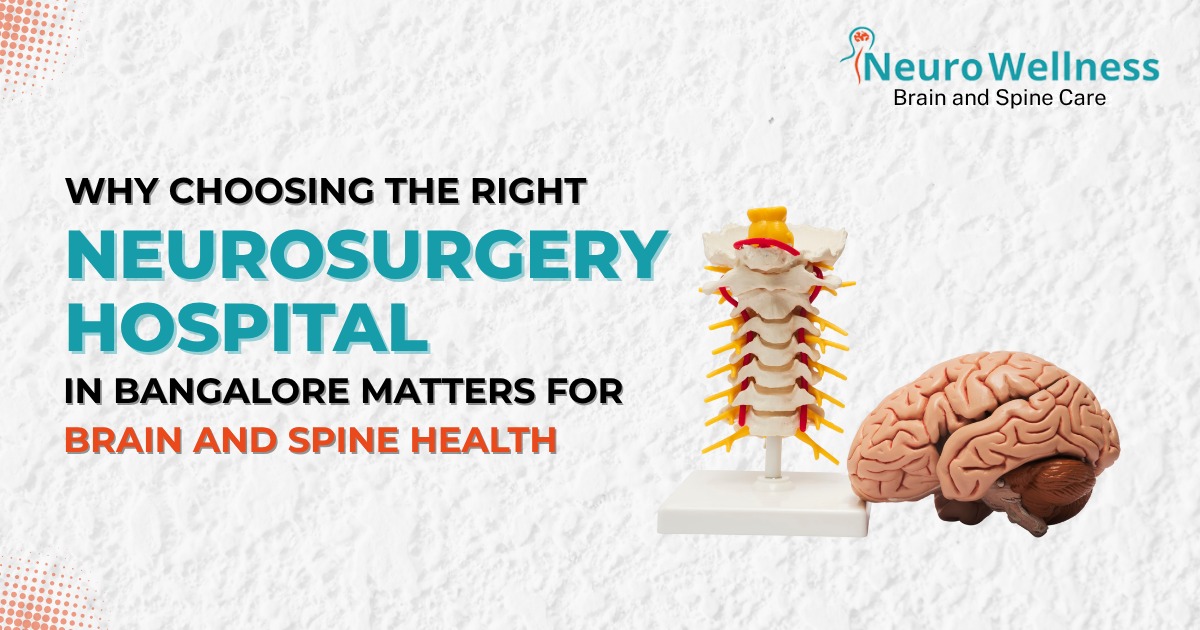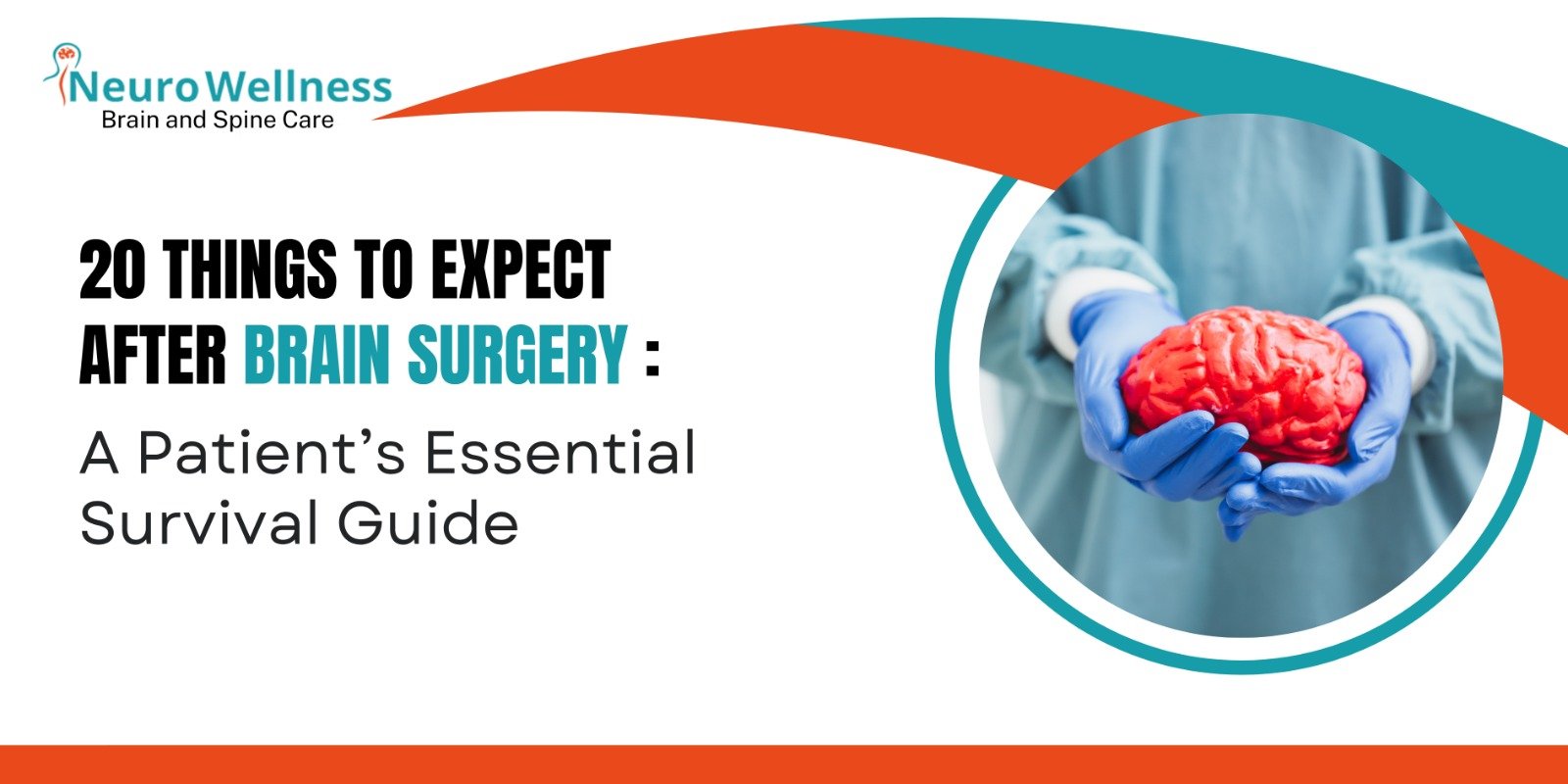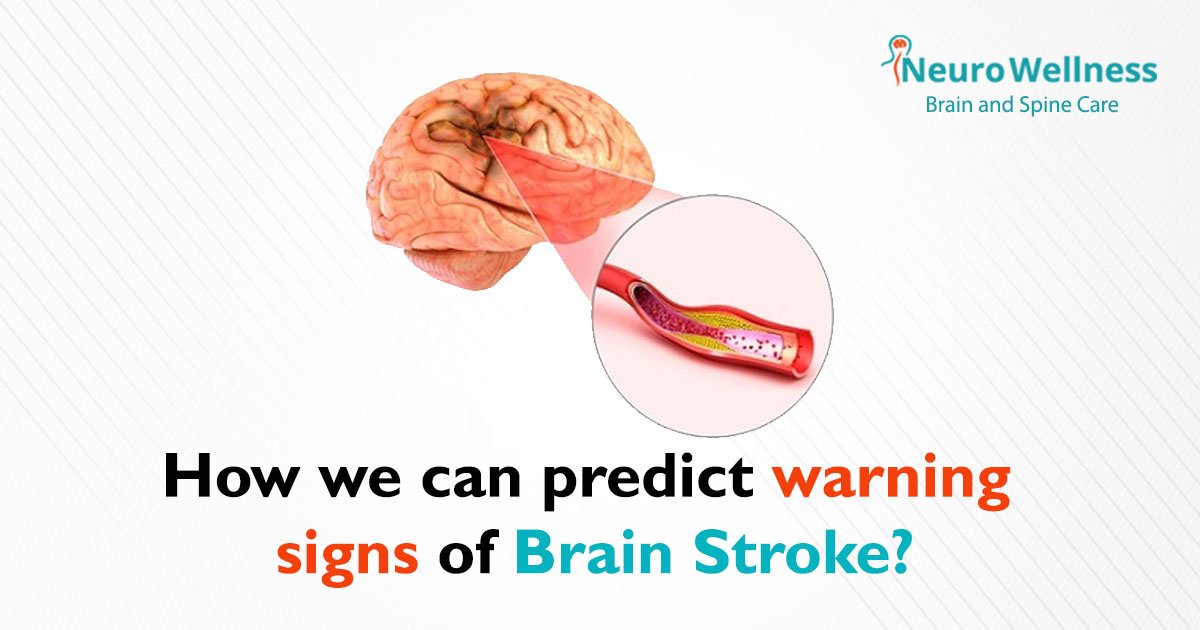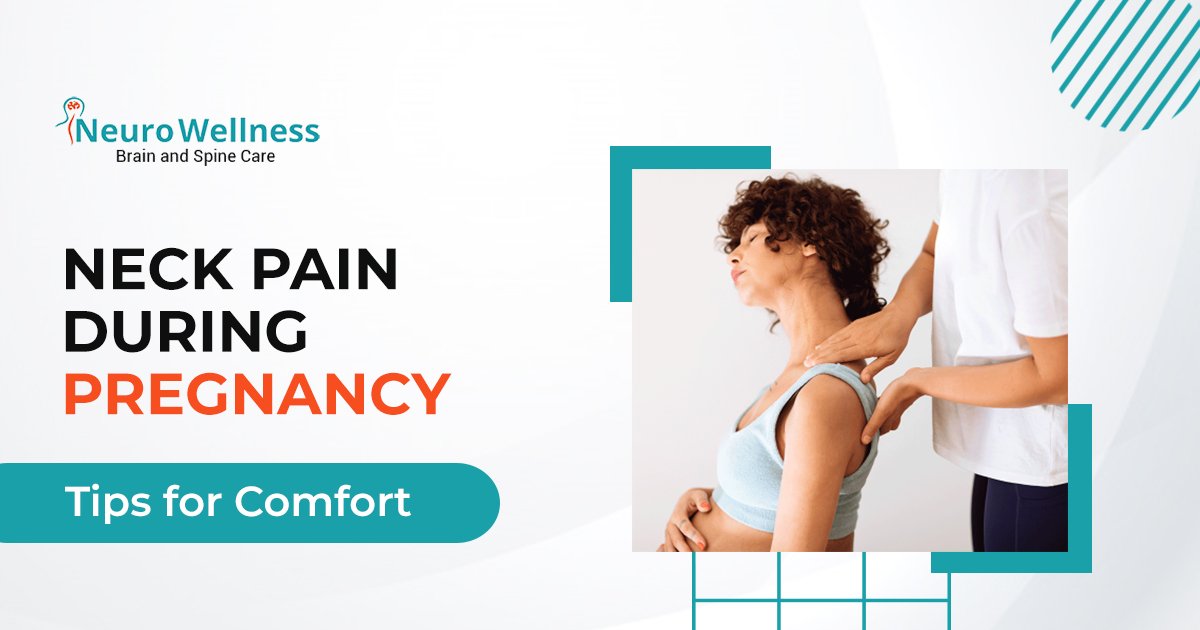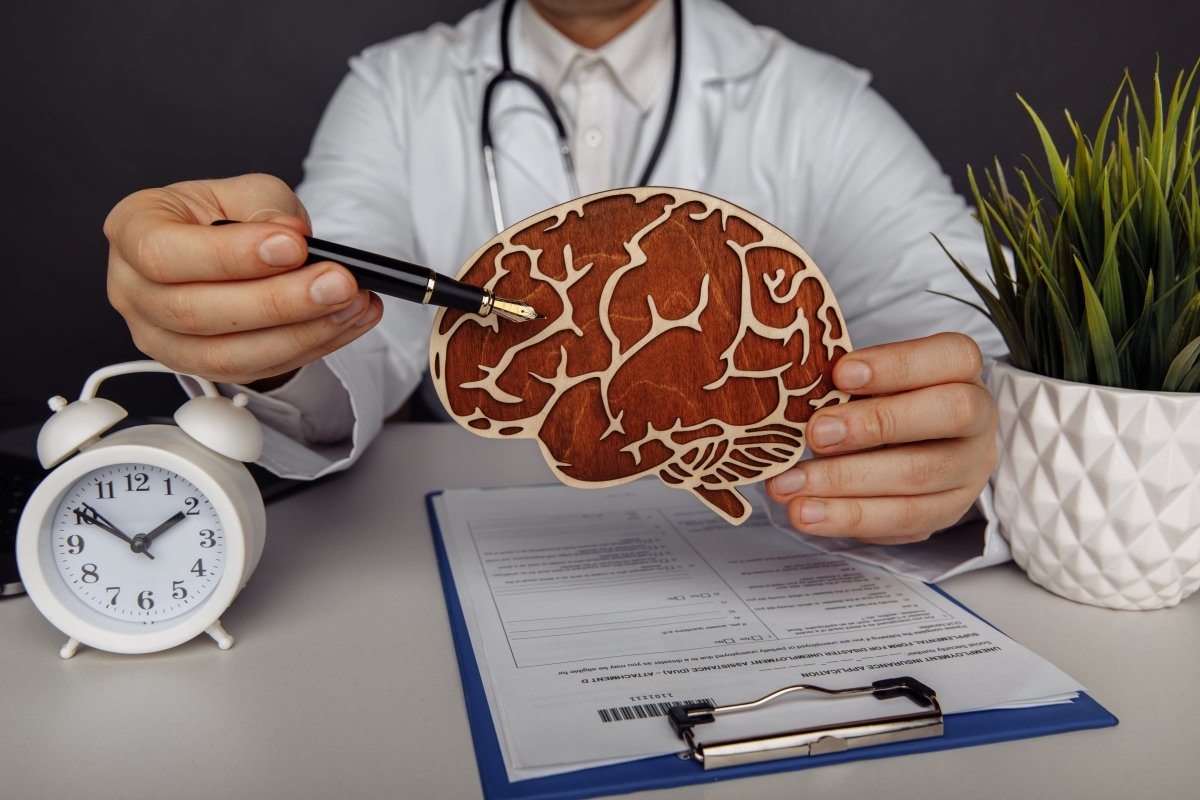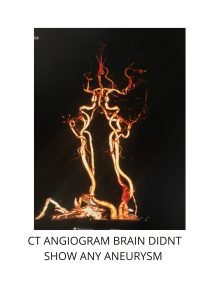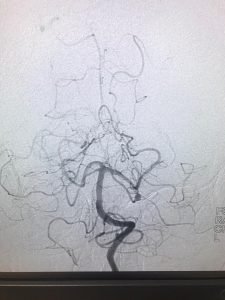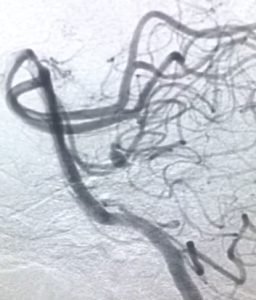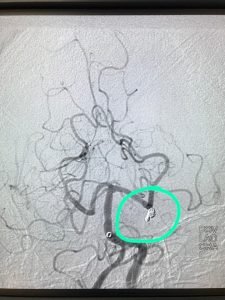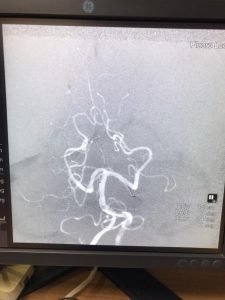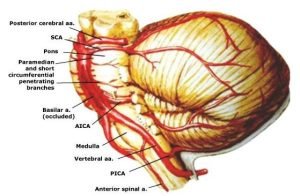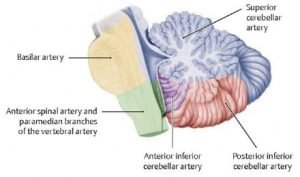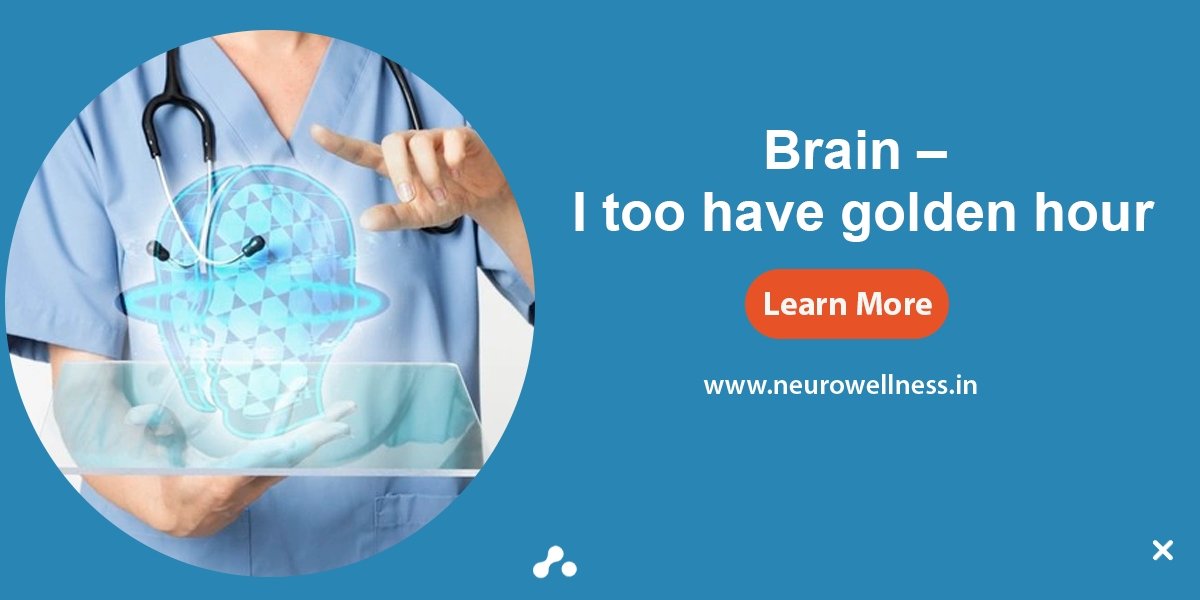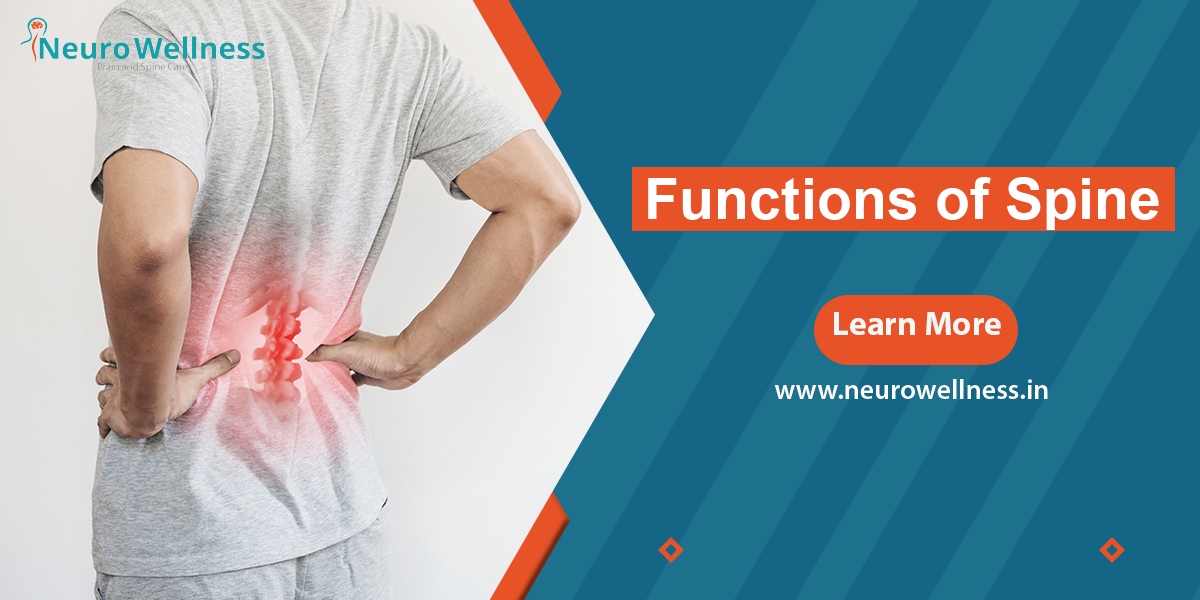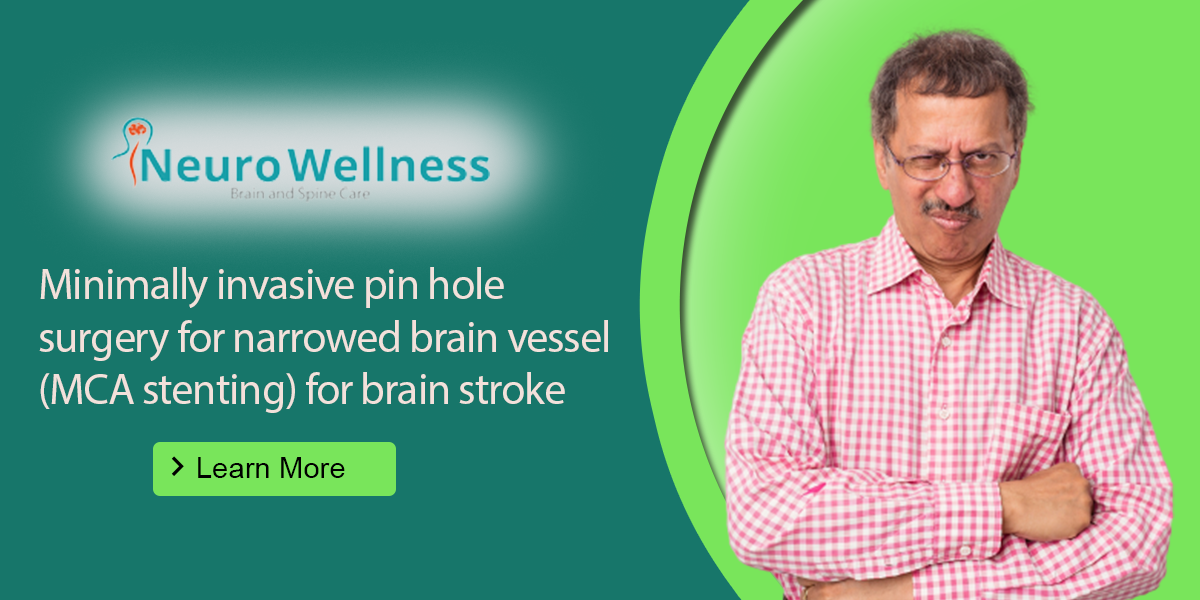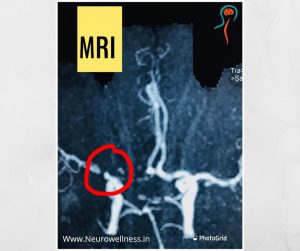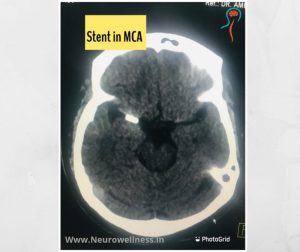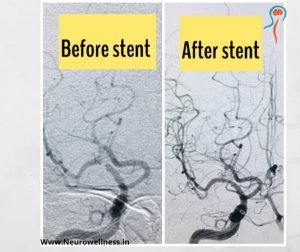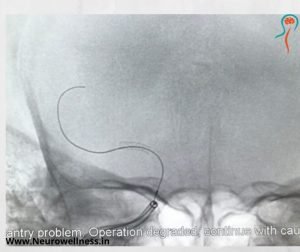At Neurowellness – Brain & Spine Health, we specialize in advanced diagnosis and treatment of complexbrain and spine disorders. From tumours, trauma and epilepsy to degenerative spine conditions and disc prolapse, our team delivers precise, minimally invasive neurosurgical care designed for faster recovery and long-term well-being.
Led by Dr. Ganesh Veerabhadraiah, one of Bangalore’s most trusted neurosurgeons, Neurowellness operates from Electronic City and Jayanagar, serving patients across South Bangalore and nearby areas such as Bannerghatta Road. With over two decades of surgical experience, cutting-edge technology, and evidence-based protocols, we combine clinical expertise with compassionate care.
Whether you require a routine consultation or complex brain and spine surgery, Neurowellness provides world-class treatment backed by the trust of thousands of patients and recognition from leading medical professionals.
Neurowellness – Neurosurgery Hospital Services
✅Brain tumor surgery
✅ Stroke & clot management
✅ Minimally invasive spine surgery (MISS)
✅ Endovascular neurosurgery
✅ Chronic back & neck pain treatment
✅ Rehabilitation & post-surgery care

Dr. Ganesh Veerabhadraiah
Consultant – Neurosurgeon, Neurointerventional Surgery, Spine Surgeon (Neuro)
23+ Years Experience Overall (17+ years as Neuro Specialist)
Available for Consultation: Jayanagar 9th Block & Kauvery Hospital, Electronic City
Understanding Neurosurgery
What is Neurosurgery?
Neurosurgery is a specialized branch of medicine that focuses on the diagnosis, surgical treatment, and rehabilitation of disorders affecting the brain, spine, and nervous system. It involves complex procedures performed by highly trained neurosurgeons using advanced surgical techniques and tools.
Examples of neurosurgical procedures include brain tumor removal, spinal cord decompression, and surgical treatment for epilepsy or trauma-related brain injuries.
This field requires a deep understanding of neurological anatomy, precision in execution, and strong clinical decision-making, ensuring patient safety and recovery. In recognized neurosurgery hospitals, these procedures are supported by multidisciplinary teams and cutting-edge technology.
Common Neurosurgery Procedures
Hospitals in Bangalore offer a wide range of neurosurgical treatments to address both emergency and long-term neurological conditions. Common procedures include:
• Brain tumor surgery– involves the removal of non-cancerous (benign) or cancerous (malignant) growths from the brain.
• Spinal disc surgery– To relieve pressure on spinal nerves due to herniated discs.
• Craniotomy– For treating traumatic brain injuries or bleeding in the brain.
• Aneurysm clipping or coiling– To prevent stroke by repairing weak blood vessels.
• Hydrocephalus treatment– Insertion of a shunt to drain excess cerebrospinal fluid.
• Stereotactic surgery– Minimally invasive procedures using 3D imaging for accuracy.
These procedures are performed with high safety standards and are supported by pre-surgical diagnostics and post-operative care facilities.
Types of Neurosurgeries Performed in Bangalore
As a leading medical destination, Bangalore is home to many reputed hospitals that provide advanced neurosurgical care. Some of the specialized types of neurosurgeries available include:
• Minimally invasive spine surgery– Performed with smaller incisions, reducing recovery time.
• Functional neurosurgery– Used to treat movement disorders like Parkinson’s disease.
• Pediatric neurosurgery– Focused on treating neurological conditions in children.
• Neuro-oncology surgery– Targeted treatment for cancerous brain and spinal tumors.
• Endoscopic skull base surgery– A cutting-edge technique to access deep brain areas with minimal disruption.
Evaluating Neurosurgery Hospitals
How to Identify the Best Neurosurgery Hospitals in Bangalore
Choosing the right hospital for neurosurgery involves evaluating a set of critical factors that directly affect treatment outcomes and patient safety. Bangalore is home to several reputed neurosurgery hospitals, but identifying the most suitable one requires careful consideration of the following criteria:
1. Surgeon Expertise and Experience
Choose hospitals that have quqlified neurosurgeons with proven expertise in performing complex brain and spinal surgeries. Hospitals that provide detailed surgeon profiles, case histories, and subspecialty experience demonstrate transparency and medical authority.
2. Advanced Technology and Infrastructure
Top neurosurgery hospitals in Bangalore are equipped with cutting-edge tools such as intraoperative MRI, neuro navigation systems, robotic surgical instruments, and neuro-endoscopy setups. These technologies improve surgical precision, minimize risks, and accelerate recovery.
3. Patient Outcomes and Safety Records
Evaluate hospitals based on their surgical success rates, complication statistics, and patient recovery timelines. Institutions that openly publish this data often adhere to higher standards of care and accountability, reinforcing trust.
4. Multidisciplinary Support
A high-quality neurosurgery hospital offers integrated care through neurologists, radiologists, physiotherapists, and rehabilitation specialists. This collaborative approach ensures holistic patient care from diagnosis to recovery.
5. Post-Operative Care and Follow-Up
Effective recovery depends on post-surgical monitoring, pain management, and physiotherapy. Choose hospitals with dedicated neuro ICUs, follow-up protocols, and structured rehabilitation programs.
6. Accreditations and Certifications
Hospitals accredited by national and international bodies (like NABH or JCI) meet strict standards in patient safety, hygiene, and medical care. It serves as a clear sign of the hospital’s trustworthiness and reliability.
7. Patient Reviews and Testimonials
Patient experiences provide real-world insights into a hospital’s quality of care. Consistently positive reviews across platforms like Google is an indicator of satisfaction and trustworthiness.
Read more :First visit neurosurgeon bangalore
The Importance of Hospital Selection
How Hospital Selection Impacts Treatment Outcomes
Selecting the right neurosurgery hospital goes beyond convenience—it directly affects the success of surgical procedures and the quality of patient recovery. Hospitals with experienced neurosurgeons, modern equipment, and robust clinical protocols consistently achieve higher success rates and fewer post-operative complications.
A well-equipped hospital with a skilled multidisciplinary team can handle complex neurosurgical cases with greater precision, reduce intraoperative risks, and ensure faster post-surgical healing. On the other hand, inadequate facilities or lack of specialist care may lead to extended recovery time, higher chances of infection, or even surgical failure.
Therefore, choosing a hospital that adheres to high clinical standards and follows global best practices plays a crucial role in improving neurological outcomes and patient confidence.
Why Neurowellness Brain & Spine Care in Bangalore?
Choosing the right neurosurgery hospital in Bangalorecan make all the difference in patient recovery and long-term neurological health. At Neurowellness – Brain & Spine Health, we are committed to delivering precision-driven, patient-centric care guided by decades of experience and advanced medical technology.
Here’s why patients trust Neurowellness:
• 20+ years of experience in performing complex brain and spine surgeries with consistently high success rates.
• Advanced neuro-navigation & minimally invasive techniques that reduce risk, pain, and recovery time.
• Dual locations in Electronic Cityand Jayanagar, making world-class neurosurgery care accessible across South Bangalore.
• 95% post-surgery recovery rate, supported by personalized rehabilitation and continuous follow-up care.
Conclusion
Choosing the right neurosurgery hospital in Bangalore is a decision that can significantly influence your treatment journey and long-term brain and spine health. A well-equipped hospital with skilled specialists, advanced technology, and patient-centered care ensures better outcomes and peace of mind.
Neurowellness offers all the critical factors patients should look for—experienced neurosurgeons, modern infrastructure, transparent care processes, and a strong focus on patient safety.
If you or a loved one is seeking trusted neurosurgical care, we encourage you to schedule a consultation with Neurowellness and take the first step toward expert, reliable treatment.
Trusted Neurosurgery Hospital in Bangalore
“From brain tumors to spine surgery, Neurowellness Brain & Spine Clinic provides advanced neurosurgical care with experienced specialists.”
FAQs
1. What conditions do your neurosurgeons treat?
Brain tumors, spine disorders (disc prolapse, stenosis), head injury, stroke, trigeminal neuralgia, epilepsy, and pediatric neurosurgical issues.
2. Which neurosurgery techniques do you use?
We use neuro-navigation, endoscopic and minimally invasive approaches to reduce pain, blood loss, and recovery time.
3. How do I know if I need surgery or conservative care?
After clinical evaluation and imaging, our team recommends the least invasive, evidence-based option—physiotherapy/medication first whenever appropriate.
4. Where are you located in Bangalore?
We consult and operate from Electronic City and Jayanagar, serving South Bangalore and nearby areas (e.g., Bannerghatta Road).
5. How can I book a consultation with Dr. Ganesh Veerabhadraiah?
Call +91 7259669911,online consultation form to request an appointment.

About Author
Dr. Ganesh Veerabhadraiah
Dr. Ganesh Veerabhadraiah, leading neurosurgeon and neurologist in Bangalore, has over 20 years of expertise in managing back pain, migraines, headaches, neuro disorders, and spine problems. His clinical excellence and patient-first approach make him one of the most trusted neuro doctors in Bangalore.
At Neurowellness Brain & Spine Clinic in Jayanagar and Kavery Hospital Electronic City, Dr. Ganesh provides comprehensive treatments ranging from minimally invasive spine surgery to advanced neurological care. As a respected back pain specialist and migraine doctor, he continues to deliver reliable outcomes for patients.
👉 Connect with Dr. Ganesh on LinkedIn

